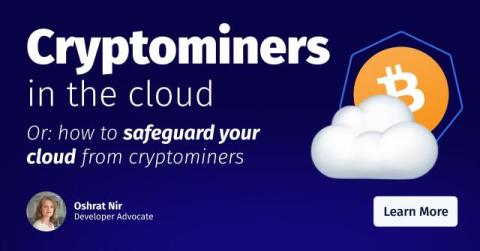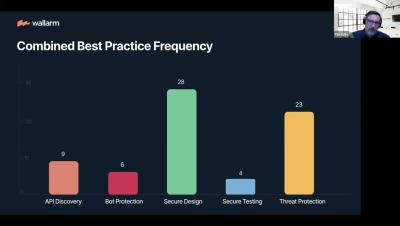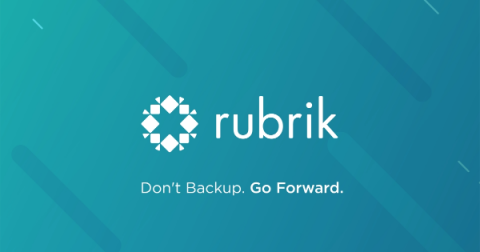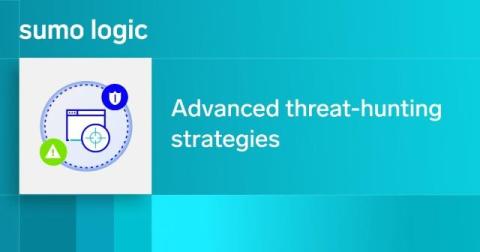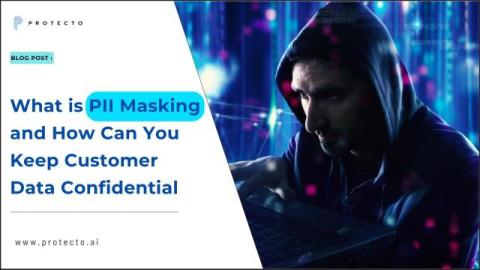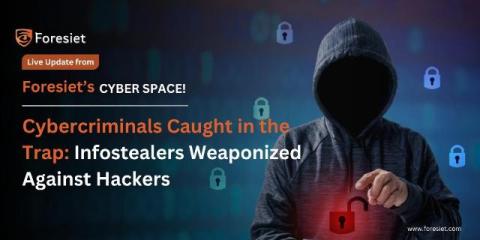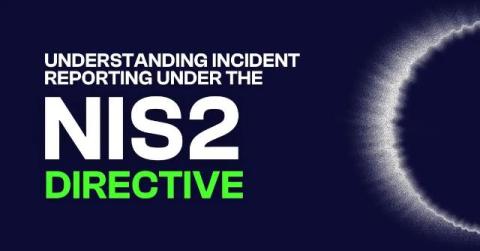How Overreliance on EDR is Failing Healthcare Providers
Ransomware attacks have a profound impact on healthcare organizations, extending well beyond financial losses and the disrupted sleep of staff and shareholders. A University of Minnesota School of Public Health study highlighted by The HIPAA Journal reveals that these attacks can lead to higher in-hospital mortality rates for patients admitted during the incidents. Additionally, the study found that hospital volumes dropped by 17%-25% during the first week of an attack.



